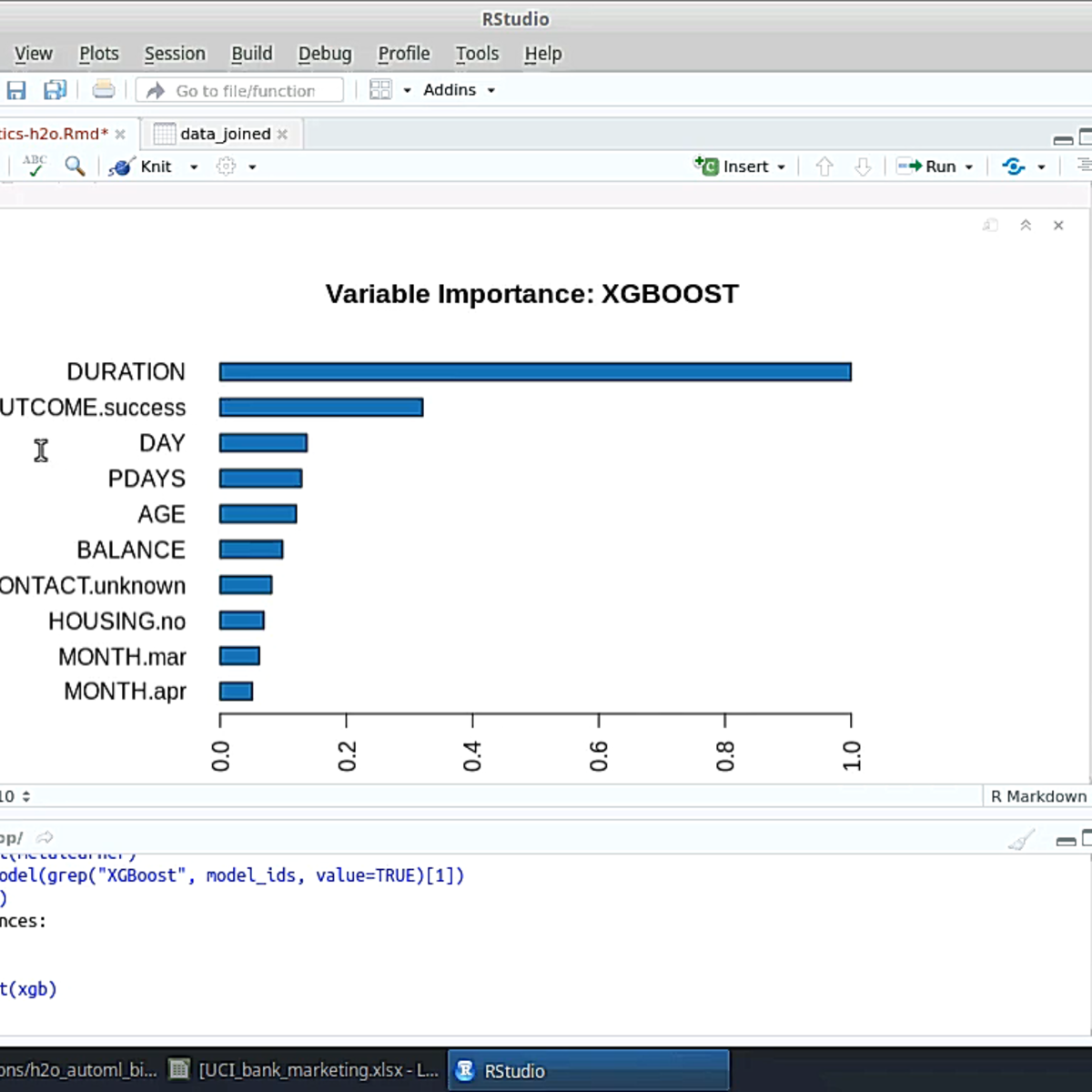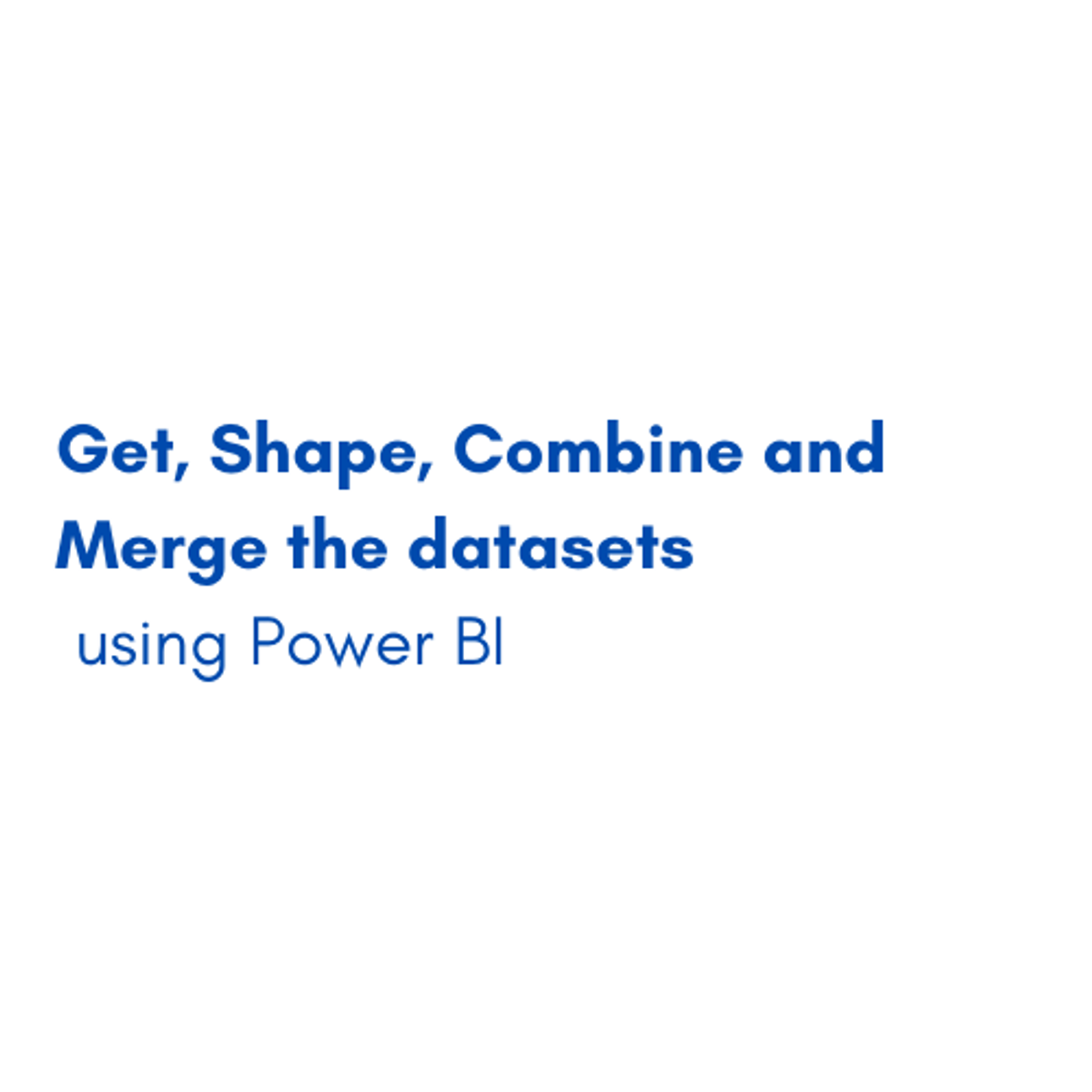Back to Courses









Data Science Courses - Page 139
Showing results 1381-1390 of 1407

Learning SAS: Reading Raw Data from Fixed Columns
By the end of this project, you will be able to input raw data into SAS by applying the Formatted Input as well as embed raw data directly into SAS via the DATALINES statement.

Basic Sentiment Analysis with TensorFlow
Welcome to this project-based course on Basic Sentiment Analysis with TensorFlow. In this project, you will learn the basics of using Keras with TensorFlow as its backend and you will learn to use it to solve a basic sentiment analysis problem. By the end of this 2-hour long project, you will have created, trained, and evaluated a Neural Network model that, after the training, will be able to predict movie reviews as either positive or negative reviews - classifying the sentiment of the review text.
Notes:
- This course works best for learners who are based in the North America region. We’re currently working on providing the same experience in other regions.

Interpretable machine learning applications: Part 5
You will be able to use the Aequitas Tool as a tool to measure and detect bias in the outcome of a machine learning prediction model. As a use case, we will be working with the dataset about recidivism, i.e., the likelihood for a former imprisoned person to commit another offence within the first two years, since release from prison. The guided project will be making use of the COMPAS dataset, which already includes predicted as well as actual outcomes. Given also that this technique is largely based on statistical descriptors for measuring bias and fairness, it is very independent from specific Machine Learning (ML) prediction models. In this sense, the project will boost your career not only as a Data Scientists or ML developer, but also as a policy and decision maker.

Roadmap to Success in Digital Manufacturing & Design
Learners will create a roadmap to achieve their own personal goals related to the digital manufacturing and design (DM&D) profession, which will help them leverage relevant opportunities. The culminating project provides a tangible element to include in their professional portfolios that showcases their knowledge of Industry 4.0.
This project is part of the Digital Manufacturing and Design Technology specialization that explores the many facets of manufacturing’s “Fourth Revolution,” aka Industry 4.0. To learn more about the specialization and its courses, please watch the overview video by copying and pasting the following link into your web browser: https://youtu.be/wETK1O9c-CA

Predictive Analytics for Business with H2O in R
This is a hands-on, guided project on Predictive Analytics for Business with H2O in R. By the end of this project, you will be able apply machine learning and predictive analytics to solve a business problem, explain and describe automatic machine learning, perform automatic machine learning (AutoML) with H2O in R. We will take a data-driven approach to predict the success of bank telemarketing.
H2O's AutoML automates the process of training and tuning a large selection of models, allowing the user to focus on other aspects of the data science and machine learning pipeline such as data pre-processing, feature engineering and model deployment.
To successfully complete the project, we recommend that you have prior experience with programming in R, basic machine learning theory, and have trained ML models in R. We will not be exploring how any particular model works nor dive into the math behind them. Instead, we assume you have this foundational knowledge and want to learn to use H2O in R for predictive analytics.
Note: This course works best for learners who are based in the North America region. We’re currently working on providing the same experience in other regions.

Improve Your Java Code Using Amazon CodeGuru
Learn how to use Amazon CodeGuru Reviewer to automatically identify issues and vulnerabilities to improve your code quality with Improve your Python Code using Amazon CodeGuru. This course is designed for Python developers who are interested in learning how to use CodeGuru Reviewer to save time and improve their code review process.
In this course, you’ll learn how to use CodeGuru Reviewer to detect issues and identify recommendations to improve the quality and security of your code. The course demonstrates how CodeGuru Reviewer finds code anomalies and explains how to understand and apply its automated suggestions.
Developed at the source, this new digital course empowers you to learn about Amazon CodeGuru from the experts at AWS whenever, wherever you want. Advance your skills and knowledge to build your future in the AWS Cloud. Enroll today!
Note: There are two versions of this course: "Improve Your Java Code Using Amazon CodeGuru" for Java developers and "Improve Your Python Code Using Amazon CodeGuru" for Python developers. The courses do for a large part, overlap and in general, we recommend that you take the course that focuses on the SDK you plan to use to develop your AWS Cloud based applications.

Deep Learning Methods for Healthcare
This course covers deep learning (DL) methods, healthcare data and applications using DL methods. The courses include activities such as video lectures, self guided programming labs, homework assignments (both written and programming), and a large project.
The first phase of the course will include video lectures on different DL and health applications topics, self-guided labs and multiple homework assignments. In this phase, you will build up your knowledge and experience in developing practical deep learning models on healthcare data. The second phase of the course will be a large project that can lead to a technical report and functioning demo of the deep learning models for addressing some specific healthcare problems. We expect the best projects can potentially lead to scientific publications.

Get, Shape, Combine and Merge the datasets using Power BI
By the end of this project, you will be able to professionally format and manipulate different datasets using Power Bi. you will be able to identify the basics of power BI, use it to create a model, and import data from different types of data sources. Moreover, you will be able to manipulate your data, reduce the number of data, merge columns, replace values, change data types and apply statistical and standard functions. You will also be able to insert a new index column, append two or more queries with each other, and sort and clean your dataset. Finally, you will be able to apply union, except and intersect, combine data of two tables and add results in a new table.
Many companies use Power BI to connect, Transform and model the data and also create charts, graphs, reports, and dashboards, which are collections of visuals, and finally, share reports with others using the Power BI service.
This guided project is for people in the field of data and data analysis. people who want to learn Power BI. It provides you with the important steps to be a business intelligence specialist.
Note: This course works best for learners who are based in the North America region. We’re currently working on providing the same experience in other regions.

Classification Trees in Python, From Start To Finish
In this 1-hour long project-based course, you will learn how to build Classification Trees in Python, using a real world dataset that has missing data and categorical data that must be transformed with One-Hot Encoding. We then use Cost Complexity Pruning and Cross Validation to build a tree that is not overfit to the Training Dataset.
This course runs on Coursera's hands-on project platform called Rhyme. On Rhyme, you do projects in a hands-on manner in your browser. You will get instant access to pre-configured cloud desktops containing all of the software and data you need for the project. Everything is already set up directly in your Internet browser so you can just focus on learning. For this project, you’ll get instant access to a cloud desktop with (e.g. Python, Jupyter, and Tensorflow) pre-installed.
Prerequisites:
In order to be successful in this project, you should be familiar with Python and the theory behind Decision Trees, Cost Complexity Pruning, Cross Validation and Confusion Matrices.
Notes:
- This course works best for learners who are based in the North America region. We’re currently working on providing the same experience in other regions.

Social Science Approaches to the Study of Chinese Society Part 2
This course is intended as a first step for learners who seek to become producers of social science research. It is organized as an introduction to the design and execution of a research study. It introduces the key elements of a proposal for a research study, and explains the role of each. It reviews the major types of qualitative and quantitative data used in social science research, and then introduces some of the most important sources of existing data available freely or by application, worldwide and for China. The course offers an overview of basic principles in the design of surveys, including a brief introduction to sampling. Basic techniques for quantitative analysis are also introduced, along with a review of common challenges that arise in the interpretation of results. Professional and ethical issues that often arise in the conduct of research are also discussed. The course concludes with an introduction to the options for further study available to the interested student, and an overview of the key steps involved in selecting postgraduate programs and applying for admission. Learners who complete the course will be able to make an informed decision about whether to pursue advanced studies, and should be adequately prepared to write an application for postgraduate study that exhibits basic understanding of key aspects of social science research paradigms and methodologies.
Explore the big questions in social science and learn how you can be a producer of social science research.
Course Overview video: https://youtu.be/QuMOAlwhpvU
Part 1 should be completed before taking this course: https://www.coursera.org/learn/social-science-study-chinese-society
